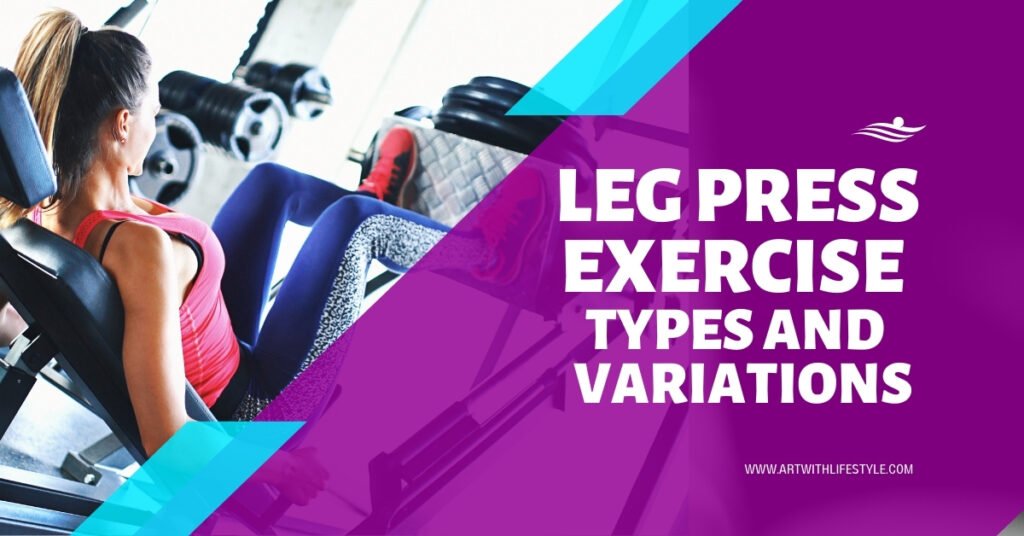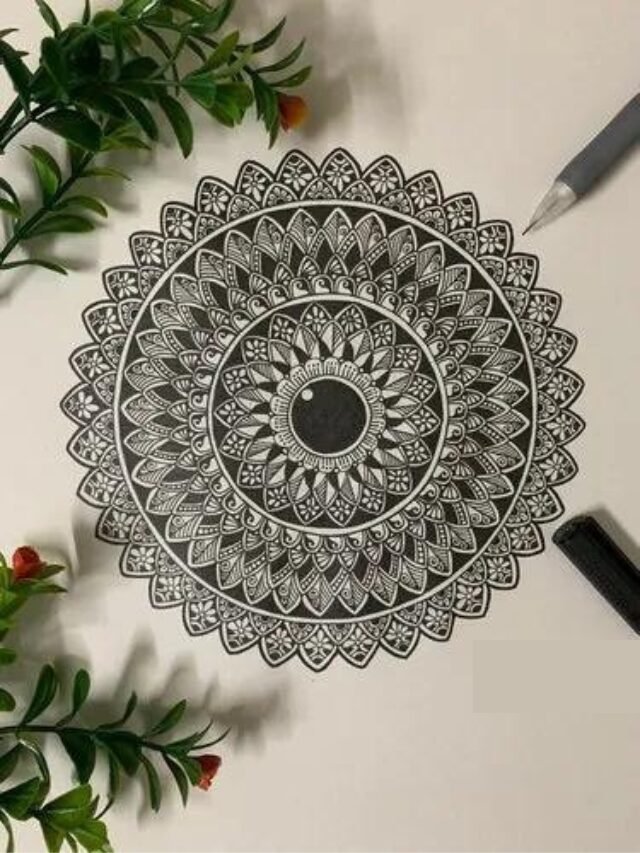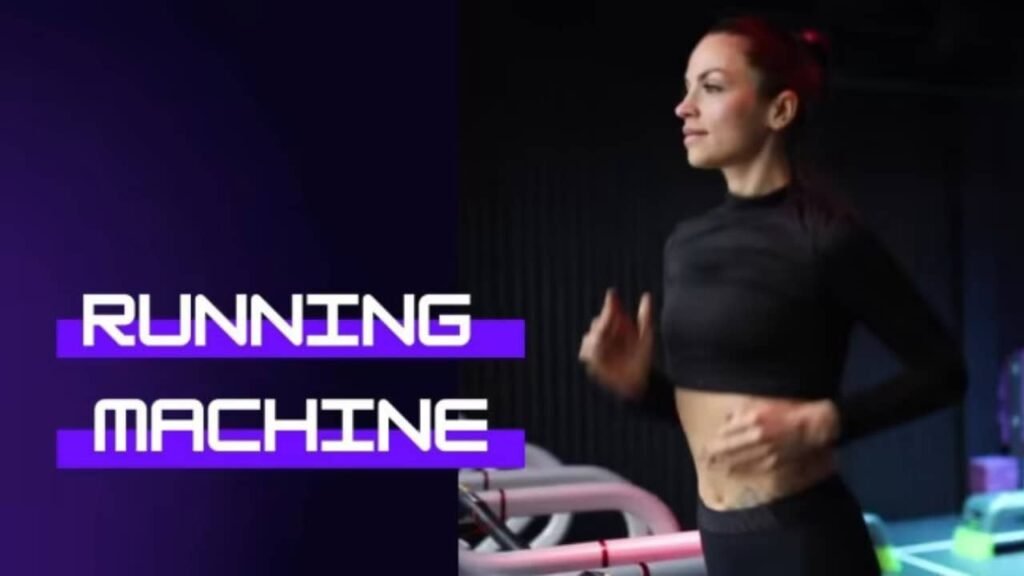Leg press exercise is an essential part of the leg workout routine. They can easily help you work effectively on your quadriceps and the large front muscles of your thighs.
If you are a person who recently joined a gym and has been wondering what “leg press” is, then let us help you with that.
The leg press is a weight training exercise. In this, a person uses and optimizes all the energy stored in leg muscles to push a weight or resistance away. The machine or apparatus used to support this exercise is a “leg press machine.”
There are both advantages and disadvantages to this exercise. On the one hand, it can help build squat strength, and the inclined ones can help you develop your knees to manage heavier free weights (if done properly).
And on the other hand, if not done with all the precautions, they can also inflict grave injury, and the knees can bend in the wrong way (if locked during exercising).
Types of Leg Press Exercise
Looking to add some strength training to your routine? Check out our list of types of leg press exercises! These exercises will help you build muscle, burn calories, and improve your posture. So whether you’re a beginner or an experienced exerciser, give one of these exercises a try today!
The less common fact about leg press is that there are some types. There are majorly two types of leg press that are practiced, namely:
1. Horizontal Leg Press

Do you want to build some killer arms? If so, you’ll want to add the horizontal leg press to your training routine. This simple machine helps target the muscles in your upper body and can help you build muscle and strength like never before. Plus, it’s relatively easy to set up and use – so you can put it in your home gym and start working your magic right away!
This leg press variation is done using a horizontal leg press machine. Using strength and force, you sit upright and push the footplate away from your body.
2. Incline Leg Press
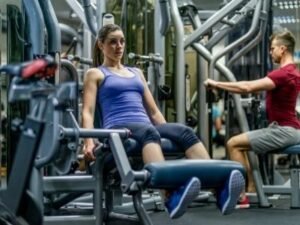
If you’re looking to tone your thighs and glutes, the incline leg press is a great exercise to try. This compound pushing-type movement targets your quads, hamstrings, glutes, and calves, and is a great way to increase your overall strength and power. Plus, it’s relatively easy to do at home, so you can do it anytime you have a few minutes to spare.
This variation of the leg press is practiced by using a leg press machine at an angle of 45 degrees. You can always go for pressing more weight in this variation, but remember that it will strain your lower back.
Variations of Leg Press
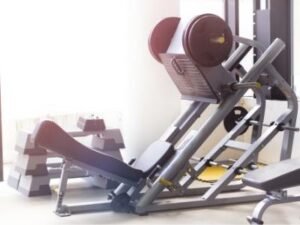
The leg press is a great exercise for toning your thighs and hips and is a popular choice for home gym enthusiasts. Here are four different variations of the leg press that you can try to mix things up and target different muscles.
1. One-legged Press
It is a surprise that leg presses are performed with only one leg for many people. One major benefit of this variation is that it can help to build stabilized muscles.
It is considered that a one-legged press can be more functional than a two-legged press. The basic reason behind this is that it replicates any sporting or athletic movements better where one leg is functional and employed primarily.
NFL quarterback Colin Kaepernick says that he likes single-leg. He said, “it isn’t often that both of your feet are stationary and planted as a quarterback.”
Another benefit of this variation is that performing this may also help you correct strength imbalances between the legs. One leg may be extravagantly dominant when practicing the standard two-legged leg press.
Whereas working out on both the legs separately or in a single-legged variation can help each leg perform the same amount of work and apply the same level of strength and force alternatively.
2. Standing
This leg press is a variation of the one-legged. It is slightly different from the one mentioned above. Here, one leg is positioned on the floor and the other ahead of the person on a wall.
While one leg is kept on the floor, the person bends their leg and tries to move toward the wall. After this, they try to straighten their leg and move away from the wall.
A person can use an unfixed sled or cable pulley machine to provide resistance against the surface which the person pushes.
3. Standard Leg Press Stance
You can consider this a beginner’s step for the leg press machine routine. You have to use the standard foot placement for this. Then keep your legs hip-width apart on the platform. This stance helps to affect overall leg development. Not only this, but it also helps to benefit your glutes, hamstrings, and quads.
4. Wide Stance
For this, scoot your feet to shoulder-width apart, or you can even keep it a little wider. Then turn your toes out a little. This stance affects the adductors (the muscles found in your inner thighs).
Additionally, adductors also help to stabilize the hip joint and allow you to pull your legs together.
5. Narrow Stance
This stance helps to balance the strength of the inner and outer thighs. It will also help you work on your adductors, the muscles situated outside your quads.
These muscles help move your legs outward and are essential for hip and core stability. If you get strong adductors, it may even help relieve certain back, hip, and knee pain.
It would be best to move your feet into a narrow stance to workout on your adductors and outer quads. It will help if you are slightly apart, with your toes facing outward or straight forward.
This stance will require some stabilization, so you need to hold the machine’s handles while performing your leg press exercise.
How to Do Your Leg Press Exercise
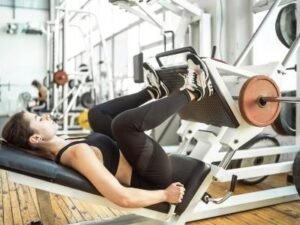
You can begin with weights. You should control this weight for 2-3 sets and 8-15 repetitions. Do not just randomly choose any weight. Go for the one that allows you to maintain a good technique throughout your sets and repetitions.
Let’s look at the process step by step:
- Sit on the machine where your back faces the back pad, and your head rests on the head pad.
- Now place your feet on the resistant plate, and your feet should be hip-width or can be slightly wider than that. But your entire foot should stay in contact with the resistance plate.
- This leg part should have more emphasis on maintaining heel contact. The legs should be at a 90 degrees angle.
- Have a light grip on the handles while stabilizing your upper body, and try to engage your core and unrack the weight.
- Now straighten your legs to move the weight of the weight stacks kept.
- Make sure that your legs are outstretched with a slight bend in your knees. Your hands should be over your hips while doing all this.
- Start your downward movement by slowly bending your hips and knees. Don’t forget to maintain your alignment.
- Keep lowering until you have formed a 90-degree angle and evenly distributed the weight. Your heels have to ensure that your feet are kept flat.
- Now pause for a second when you’re at the bottom position.
- Now for your upward movement, push your feet into the resistance plate. Ensure that you’re pushing through your midfoot and heels while keeping your toes engaged.
- The final and last step is to outstretch your legs with a slight bend in your knees after each repetition.

